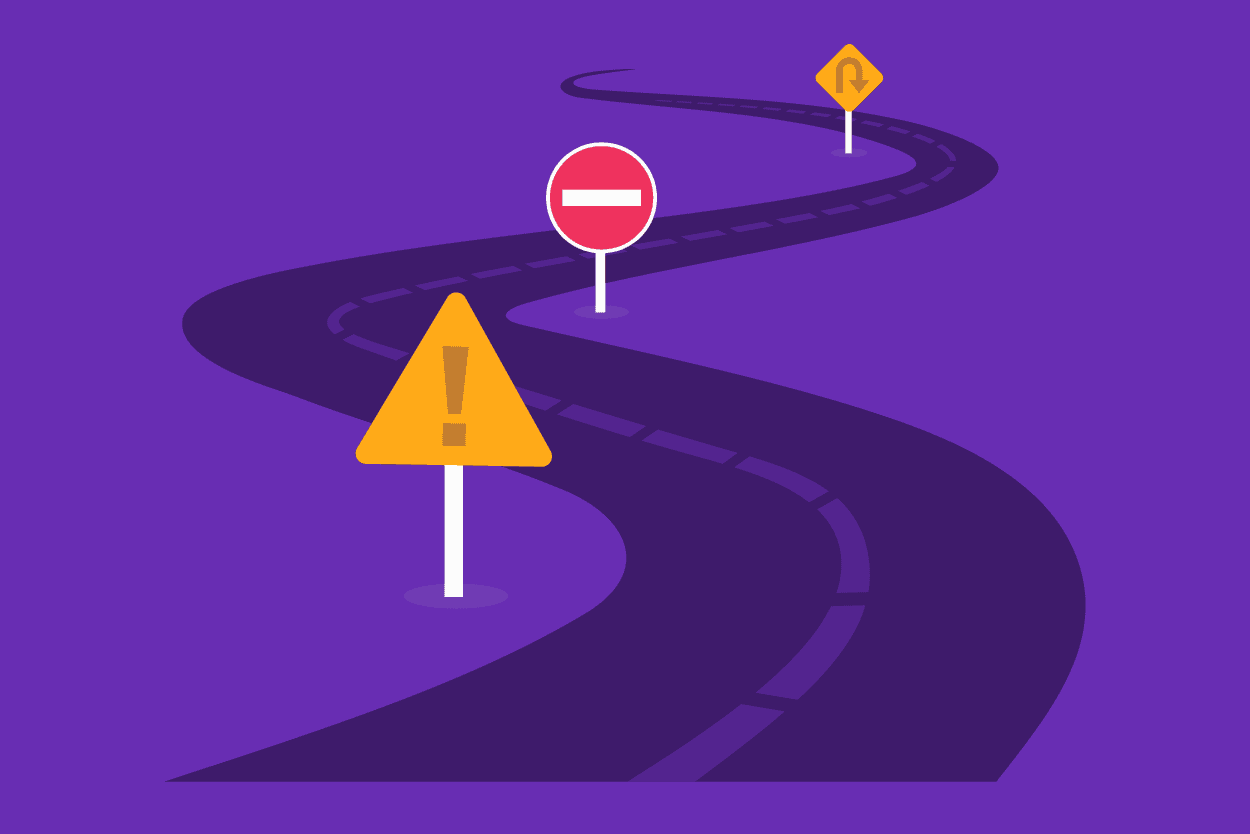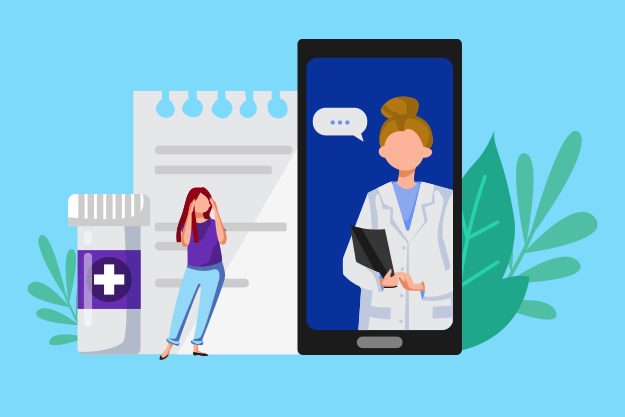Why EAP Understanding is More Important Than Ever
We’re approaching 2021 open enrollment under a cloud of mental health concerns. Employees are struggling like never before, and it might feel like...
Connected Navigation Platform
Guiding to high-value care
Behavioral Health
Foster a mentally healthy workplace
EAP
Supporting holistic wellbeing
Virtual MSK Care
Reimagining musculoskeletal care
Virtual Primary Care
Powered by smart navigation
Surgery Centers of Excellence
Best-in-class surgical outcomes
Virtual Urgent Care
Immediate care, any hour of the day
Chronic Care
A new approach to chronic care
Integrations
Flexible to any strategy

You might guess that tackling 2021 open enrollment amid this year’s upheaval would require an innovative approach. Yet as our 2021 State of the Benefits Experience Survey revealed, HR is planning on many of the same tools, tactics, and techniques that have fueled OEs past. What gives?
In this two-part series, we’ll explore how HR plans to execute OE this year, and why it may not be enough. We’ll unpack the problems plaguing your benefits strategies and the simplest ways to fix them. And, we’ll reveal why this is so much more than a time for “just hosting it all on Zoom.” Instead, it’s an opportunity to overhaul an outdated system for employee good in all the years to come.
Our 2021 State of the Benefits Experience Report is a comprehensive review of a survey sent to over 9K HR professionals in the summer of 2020. Their responses shed light on some of the most significant problems HR faces going into this year’s OE.
For one thing, employees just aren’t “getting” your OE communications.
The HR pros we surveyed rated their benefits education strategies at a 3 out of 5. “Not bad,” you might say. But what surprised us most was how many stale solutions made their list of go-to education and communication tools.
Our survey found that when it comes to benefits education, 89% were using benefits booklets and guides, 86% were using benefits presentations, and 42% were using benefits fairs. Additionally, 90% will use a benefits portal or website—although most said accessing their full benefits package would require the use of 2-4 separate websites.
Seeing the popularity of these solutions would be one thing if HR was satisfied with its education strategy. Instead, our respondents said they saw room for improvement. That rating of 3 out of 5 for benefits education (a solid C+) success indicates HR should be relying on new tools during 2021 open enrollment and beyond, rather than old-school booklets, presentations, and fairs.
The story is the same when it comes to communicating benefits information. HR teams are falling behind the rest of the world when using SMS, push notifications, and chat tools to communicate.
On HR’s list of tools are enrollment materials (98%), in-person meetings (77%), email (97%), and intranet (68%). About 7% use SMS messages, 21% use app notifications, and 13% use Slack, Teams, or other chat systems.
Another sign there’s room for improvement: our survey found that HR pros spend an average of 9 hours per week assisting employees with their benefits. Even worse, the most frequently-asked question was “finding support contact info when [employees] have employee benefit requests.” These aren’t complicated problems of spousal coverage or billing loopholes. Employees are stumbling at the very first stage of benefits understanding. Can you imagine a stronger indicator that benefits education isn’t working?
As we continue setting the stage for an unusual OE, let’s consider what’s at stake. Employees need their benefits like never before. Americans are in a mental health crisis, witnessing social unrest, and facing financial instability. For many, attention spans are shortened by the same forces; new work arrangements, caregiving, childcare needs, and more. All these pulls make it more challenging to get your most important messages through. So, it may be helpful to narrow your focus. What do employees need right now? We can find two easy answers in benefits you likely already offer.
The good news is this: OE is a time to get ahead of these problems. It’s not too late to plan for a knockout OE that tackles this unusual enrollment period head-on and deals with predictable problems before they ever rear their heads. In our next post, we’ll detail insights from our survey you can use to inform your OE planning.

We’re approaching 2021 open enrollment under a cloud of mental health concerns. Employees are struggling like never before, and it might feel like...

These constantly-changing plans put employees in a precarious position: adding mounting fear, anxiety, stress, and worse to their existing workload.

During the pandemic, we heard a lot about the harmful effects of delayed care. Employees who were afraid to see their doctors in person skipped...